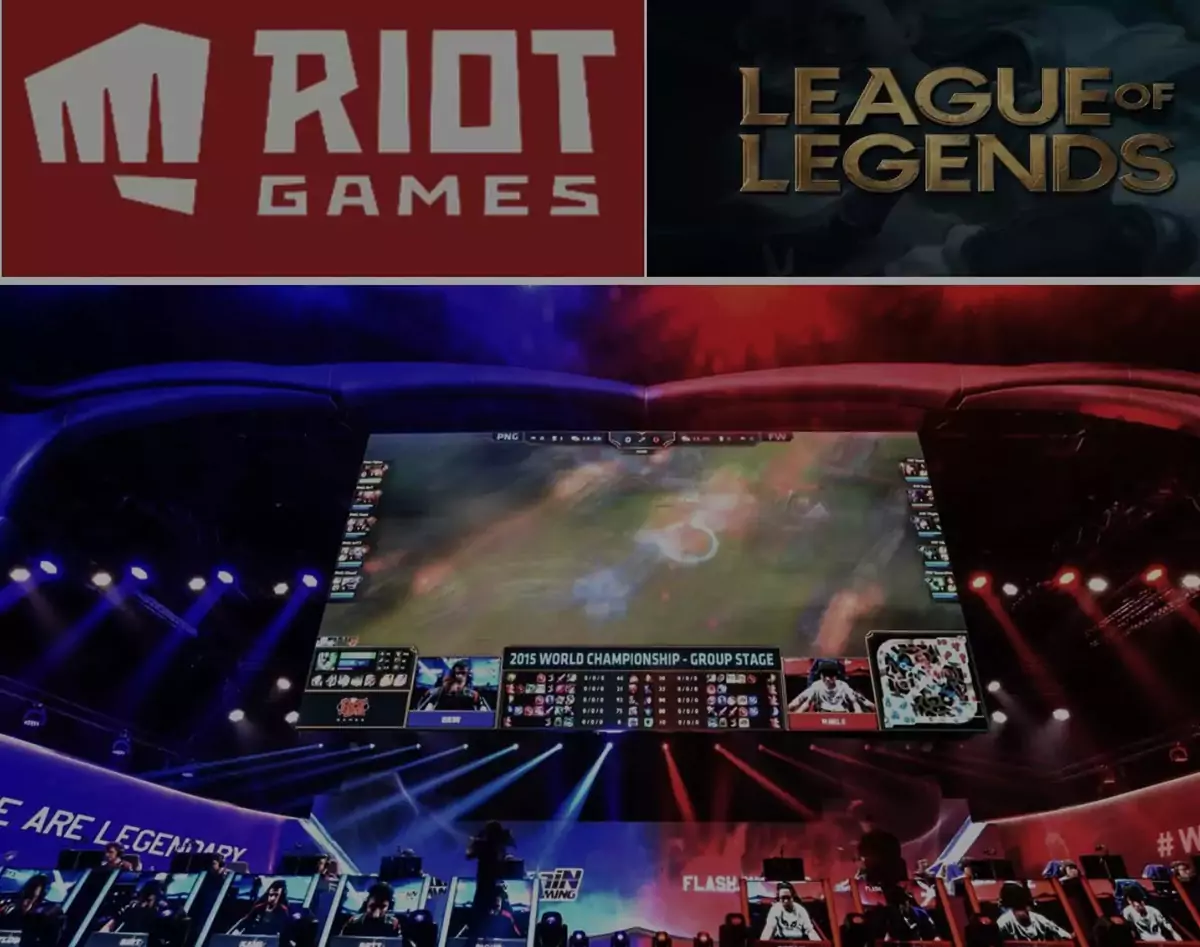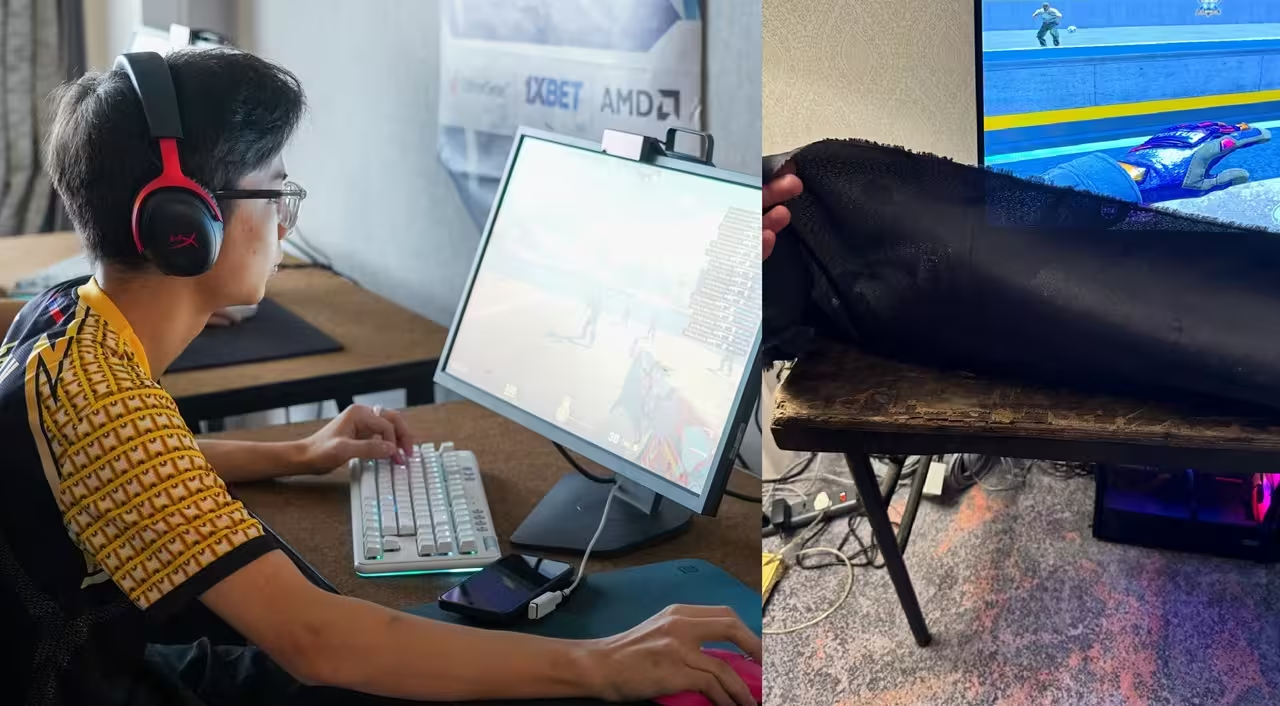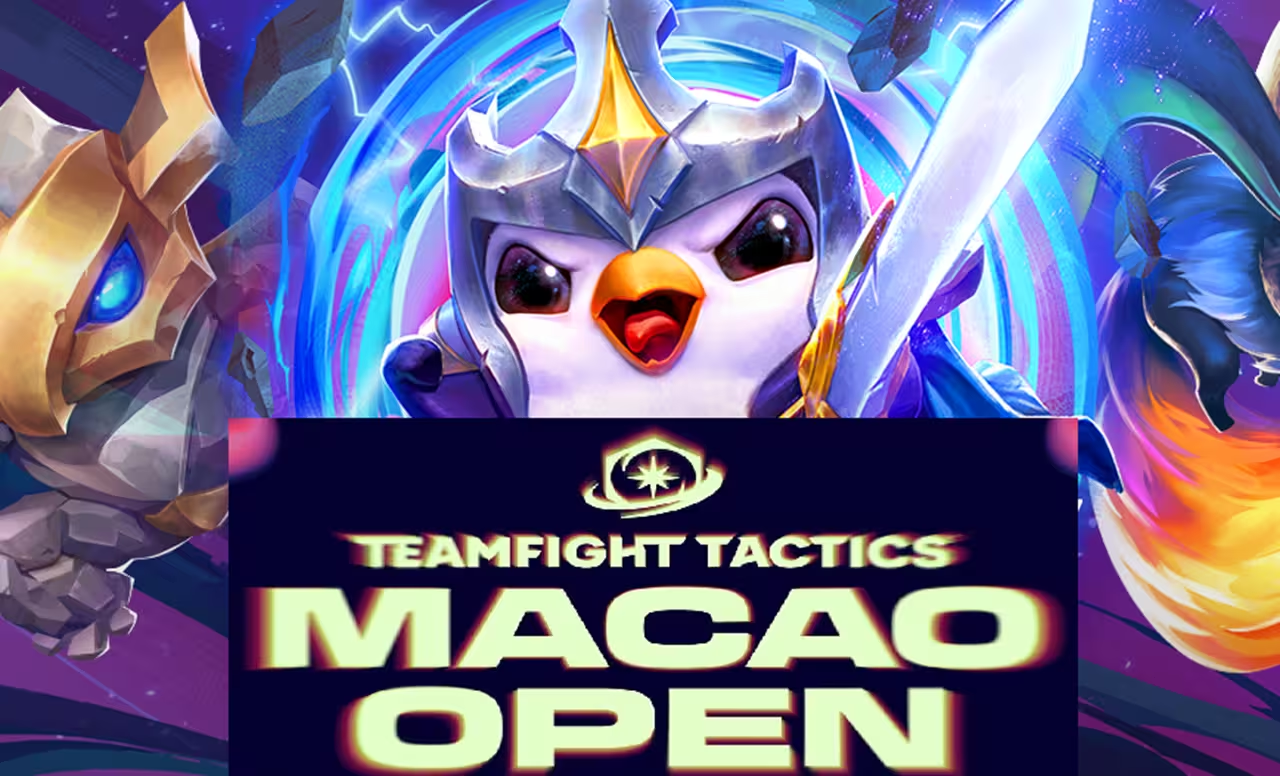In a recent blog post, Riot Games, the powerhouse behind the immensely popular League of Legends (LoL) has proposed a new model to revamp its esports ecosystem.
This model aims to establish more predictable revenue streams for teams through enhanced partnerships and innovative in-game digital sales strategies.
Why Change Now?
Industry Facing Challenges
2023 was a year of both highs and lows for LoL Esports.
On one hand, community engagement soared to new heights, with record-breaking viewership numbers for global events like the Mid-Season Invitational (MSI) and the World Championship. The esports even graced the prestigious 19th Asian Games, where Team Korea claimed the coveted gold medal.
However, the industry also faced its fair share of obstacles. Riot Games acknowledged the over-reliance on sponsorship as a revenue stream, which proved volatile in the wake of the post-COVID global economy. This led to some team organizations struggling to maintain sustainable operations.
Flaws Current LoL Esports Partnership Model
The current model has been in place since the inception of the league system and has played a crucial role in shaping the esports ecosystem.
Under the current model, professional teams were required to pay a substantial sum, approximately $10 million, to secure a permanent slot in their respective regional leagues.
This buy-in system aimed to provide teams with long-term stability, allowing them to sign multi-year sponsorship deals and player contracts.
In exchange for their investment, teams were entitled to receive 50% of certain revenues generated by their respective leagues. These revenues primarily stemmed from sponsorships and, to a lesser extent, media rights.
The revenue-sharing model was designed to align the incentives between teams and leagues, fostering a mutual interest in the financial success of the esports ecosystem.
When the partnership model was first introduced, the esports industry was in its infancy, and access to capital was abundant. Teams were willing to spend beyond the revenues they were generating directly and from Riot Games, with the expectation that the esports market would continue to grow rapidly.
However, as time passed, revenue growth failed to keep pace with the increasing costs, leading to financial strain for many teams.
Recognizing the challenges faced by teams, Riot Games took several measures to alleviate the financial burden. These included opening new sponsorship categories, adjusting policies and competitive calendars to allow teams and players to participate in third-party events, implementing minimum revenue guarantees, accelerating revenue share payments, and deferring participation fee payments owed to Riot Games.
Despite these efforts, the current partnership model has not provided the desired level of confidence in the long-term sustainability of the LoL Esports ecosystem.
This realization has prompted Riot Games to propose a new business model that better aligns with the evolving needs of the industry.
A New Business Model
To address these challenges and ensure long-term sustainability, Riot Games is introducing a new business model for its professional teams in North America, Europe, and South Korea.
This model is inspired by the successful implementation in the VALORANT Champions Tour (VCT).
Key Features of the New Model
- Fixed Stipend and Digital Content Revenue Share: Teams will receive a fixed stipend and a share of the revenue from LoL esports digital content sales, such as in-game items and cosmetics.
- Global Revenue Pool (GRP): A centralized pool will aggregate digital LoL esports revenue and allocate it to teams through three buckets:
- General Shares (50%): Allocated to Tier 1 teams.
- Competitive Shares (35%): Based on regional league standings and international event placements.
- Fandom Shares (15%): Rewards teams for developing strong fandom and engagement.
- Increased Digital Content and Revenue Share: Riot Games plans to increase the quantity of LoL esports digital content and the standard esports revenue share percentage.
Benefits of the New Model
- Scalable Revenue Source: By focusing on in-game digital content as a revenue source, Riot Games aims to create a more sustainable and scalable business model for LoL Esports. Unlike traditional sponsorships, which can be impacted by economic fluctuations, in-game digital content sales have the potential to be more resilient and offer a higher ceiling for revenue growth.
- Rewards for both Performance and Fandom: One of the key aspects of the proposed model is its emphasis on a performance-based approach. The Competitive Shares and Fandom Shares buckets incentivize teams to perform well and cultivate strong fan engagement respectively.
Esports, like any other industry, is subject to constant evolution and adaptation. Riot Games’ proposed changes for League of Legends esports represent a bold step towards ensuring the long-term viability of the game and its competitive scene.
It is important to see how they implement this model as LOL fans worldwide eagerly await the thrilling innovations and groundbreaking experiences in store.
Discover more from Gaming Foodle
Subscribe to get the latest posts sent to your email.





